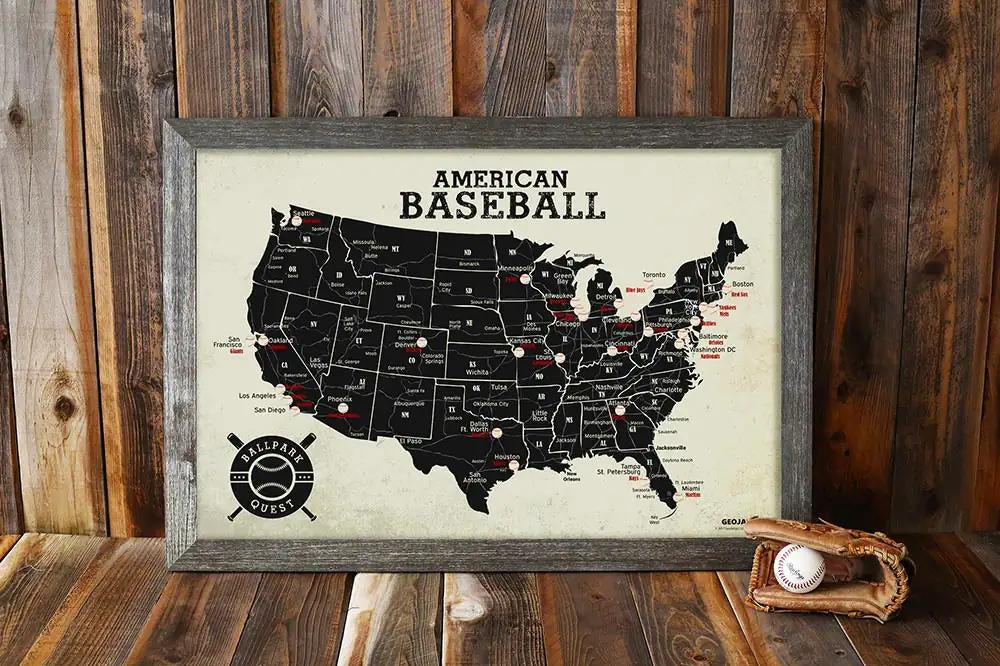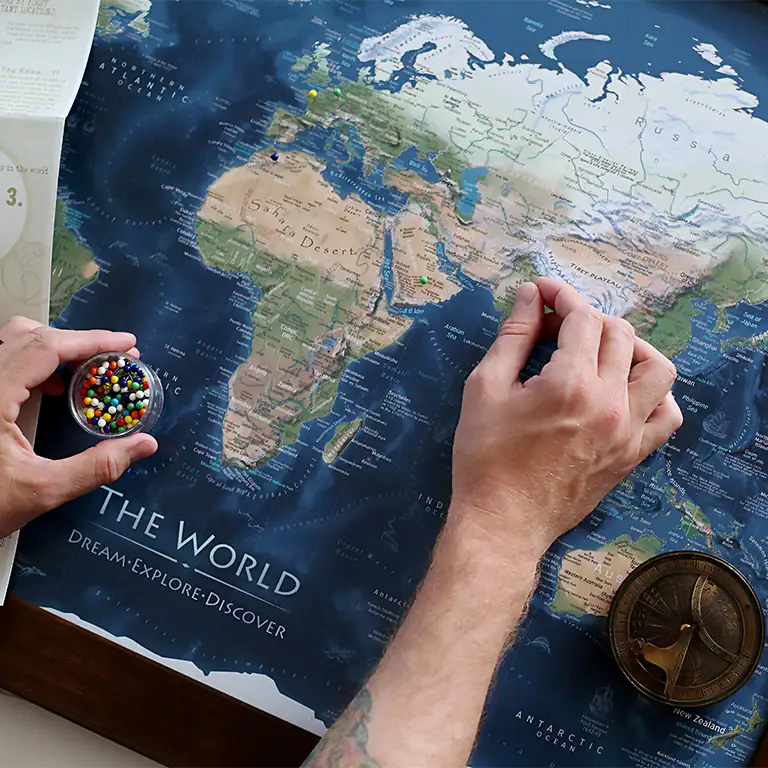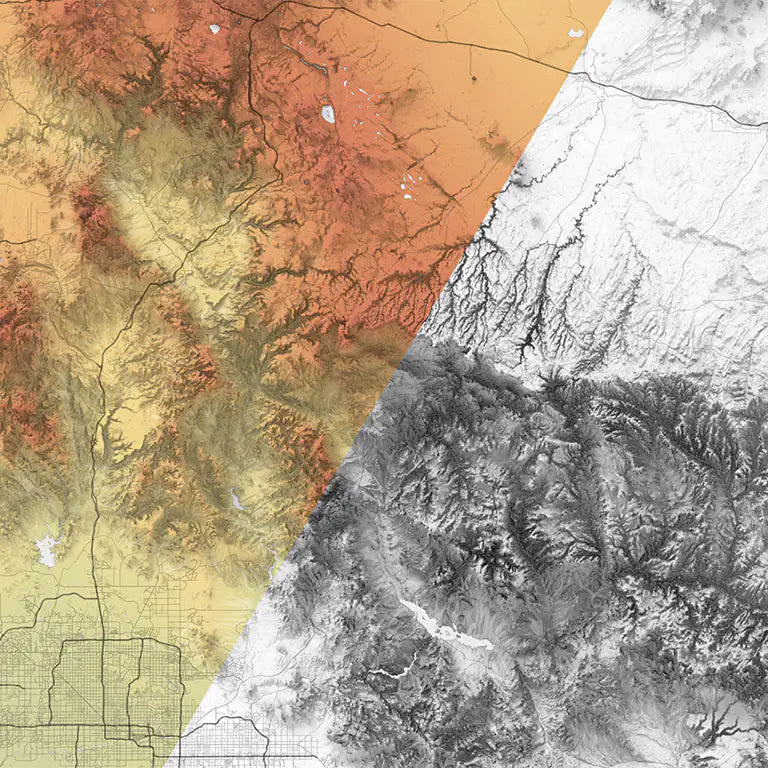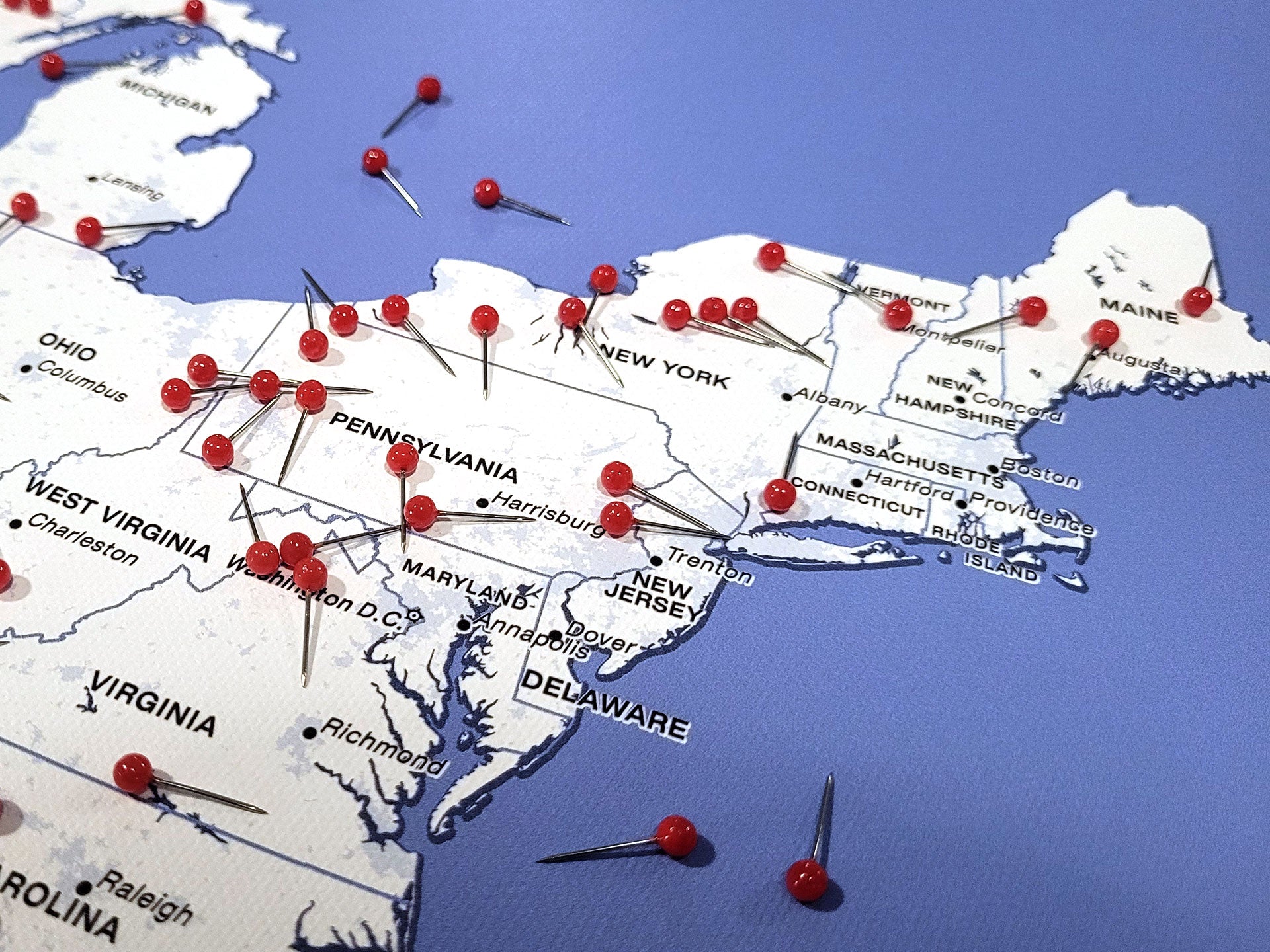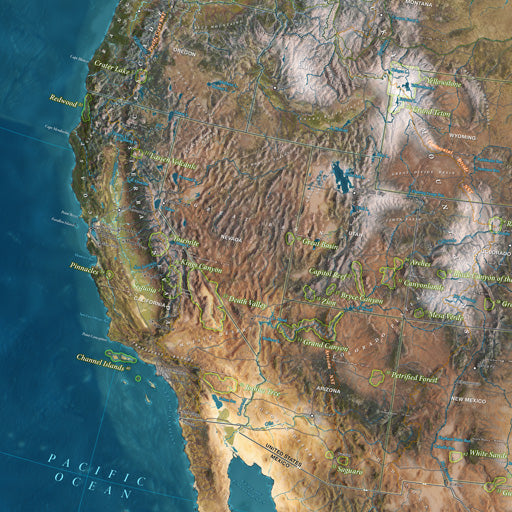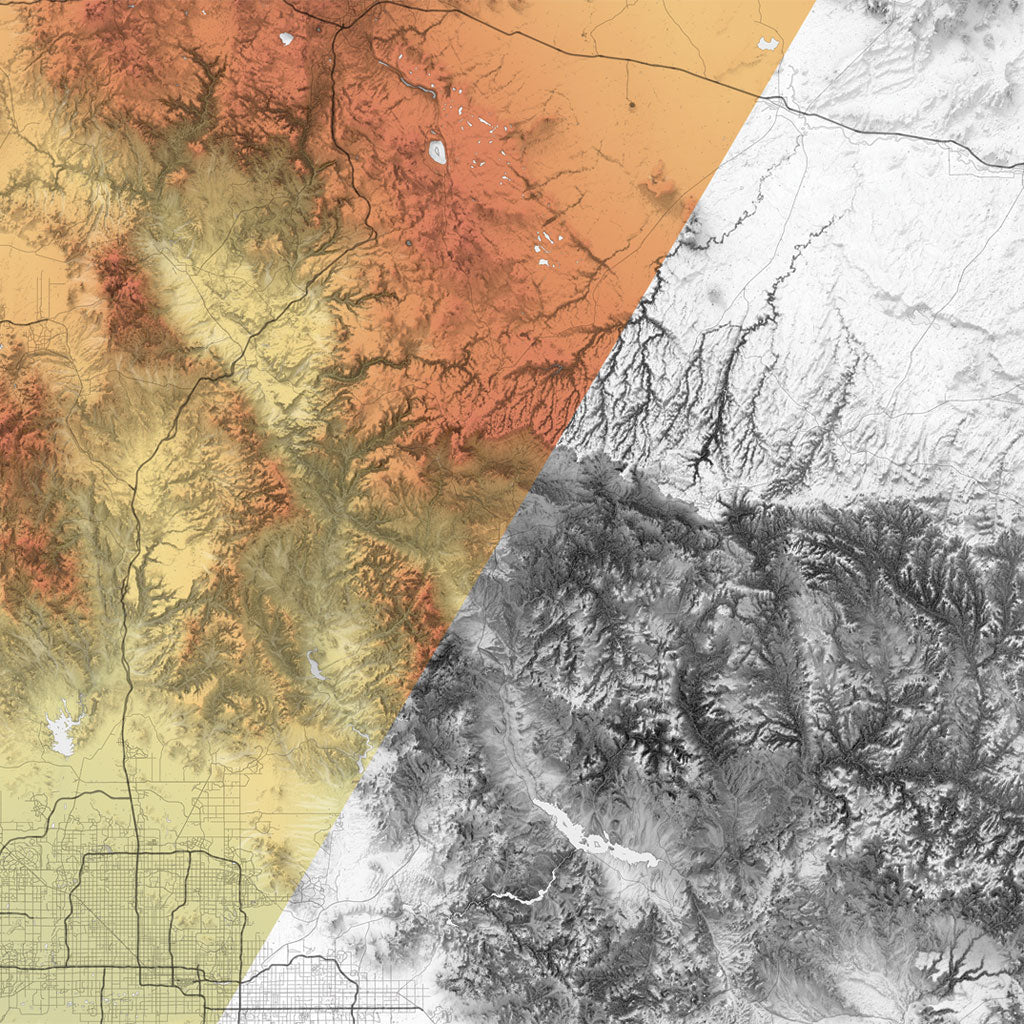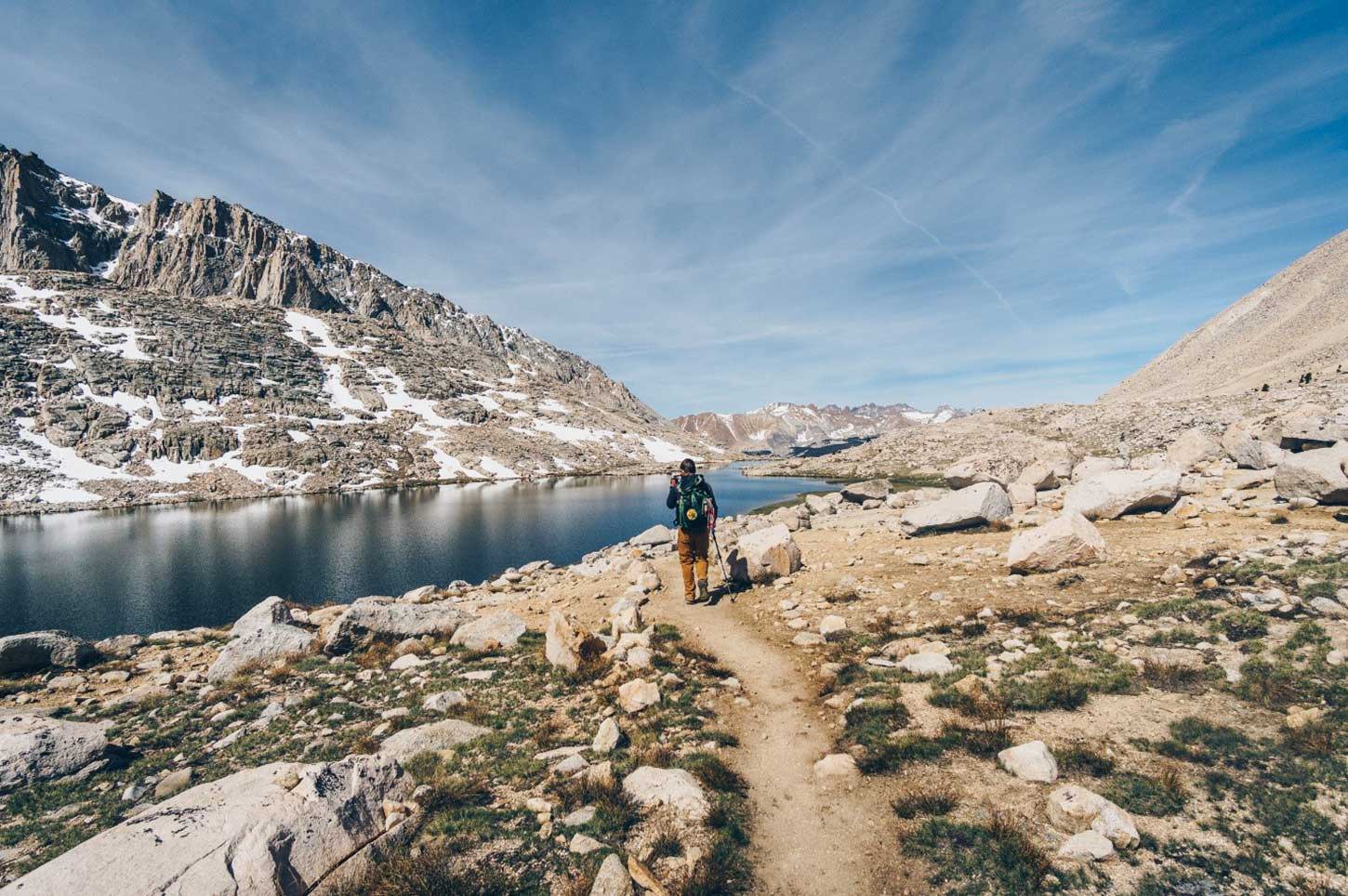This is the second part in a multi-part blog series about my hike along the Pacific Crest Trail, a 2,650 mile hike from Mexico to Canada that passes through California, Oregon, and Washington. In this second blog, I will focus on the most beautiful section of the trail: the Sierra Nevada Mountains.
After walking through the desert for 702 miles, getting to the Sierra is a huge milestone in any northbound hiker’s journey. The massive peaks and deep blue lakes look even better after seeing such dry terrain for so long. The Sierra section of the trail is also at a higher elevation, ranging from 7,000 to 13,200 feet. Temperatures are much cooler, another welcome change from the desert.


